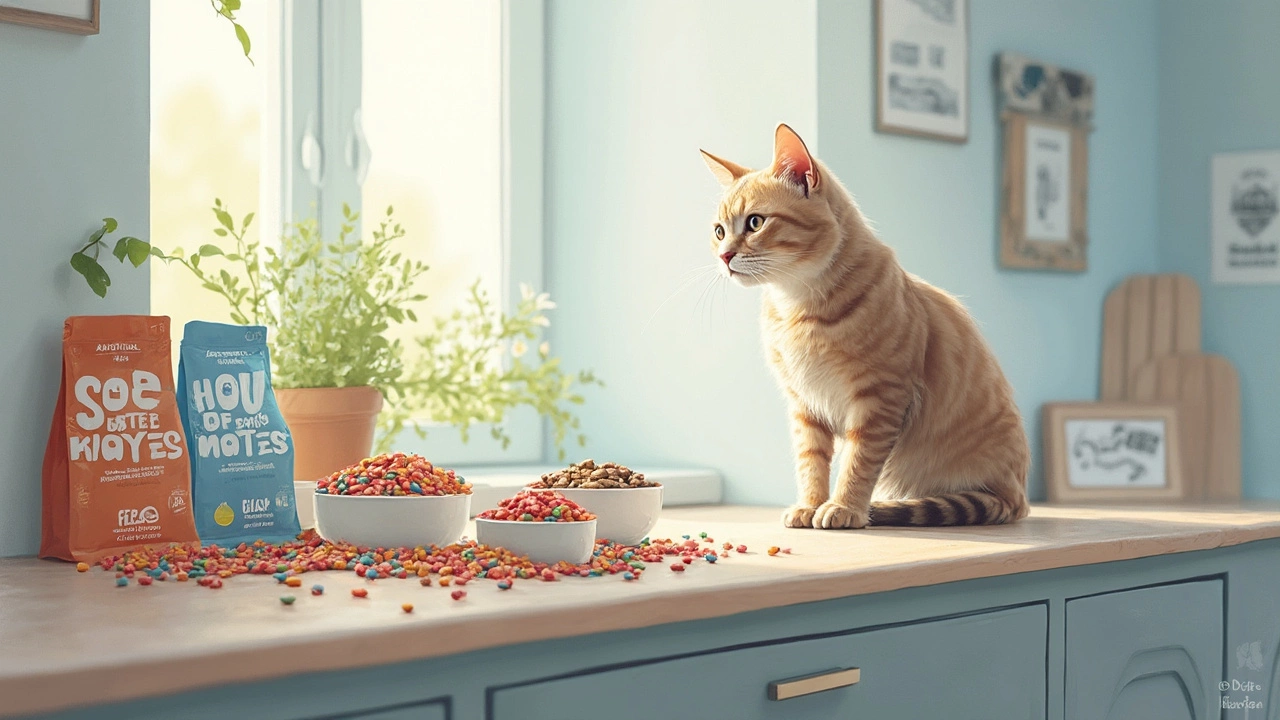Harmful Ingredients in Pet Food: Spot the Risks and Choose Safer Options
Ever glance at a pet food label and wonder if you’re feeding your dog or cat something dangerous? You’re not alone. Many popular brands hide ingredients that can cause allergies, digestive upset, or even long‑term health problems. The good news? You can learn to spot the red flags in under a minute.
Common Culprits You’ll Find on Labels
Artificial colors and flavors – These are added for looks or taste but offer no nutritional value. Some pets develop skin irritation or hyperactivity after consuming them.
By‑products and meat meals – Terms like “chicken by‑product meal” often mean low‑grade parts such as heads, feet, or organs. Quality varies widely, and the protein isn’t always digestible.
Excessive corn, wheat, or soy – While not toxic, they’re common allergens. If your pet shows itchy skin, ear infections, or tummy trouble, try a grain‑free formula.
Preservatives like BHA, BHT, ethoxyquin – These chemicals extend shelf life but have been linked to cancer risks in lab animals. Look for natural alternatives such as Vitamin E (mixed tocopherols) instead.
How to Read Labels Like a Pro
Start with the first three ingredients – they make up most of the food. If you see “water,” “corn,” or “animal digest” up front, the protein quality is probably low. Next, check the guaranteed analysis for protein and fat percentages; a balanced diet for an adult dog usually has 18‑25% protein.
Don’t forget the AAFCO statement. It tells you whether the food meets basic nutrient standards. However, meeting the minimum doesn’t guarantee optimum health – aim for brands that exceed the requirements.
One quick trick: search the ingredient list for “no‑x” flags. Write down any you don’t recognize, then Google them or ask your vet. Most reputable pet stores will have a knowledgeable staff member ready to help.
If a product claims “all‑natural” but lists synthetic preservatives, the claim is misleading. Trust brands that are transparent about sourcing, processing, and testing. Look for batch‑tested certifications or statements about third‑party labs.
Finally, rotate your pet’s diet occasionally. A varied menu reduces the chance of a hidden ingredient causing a chronic issue. When you switch foods, do it over a week‑long transition to avoid stomach upset.
By learning the basics of label reading and avoiding the common harmful ingredients listed above, you’ll give your dog or cat a healthier, happier life. Keep this guide handy next time you shop, and you’ll never be caught off guard by a questionable ingredient again.
Dry Cat Food: What Ingredients Are Bad for Cats?
Dry cat food may seem convenient, but it usually hides ingredients that aren't great for your cat's health. This article breaks down common additives and fillers you’ll find in dry kibble that can cause problems, from artificial flavors to unhealthy carbs. Get the facts on how these ingredients can impact your cat’s weight, digestion, and overall wellness. Learn to spot sneaky labels, and discover ways to pick better options for your furry friend. Find practical tips for choosing safer, healthier cat food without the guesswork.
